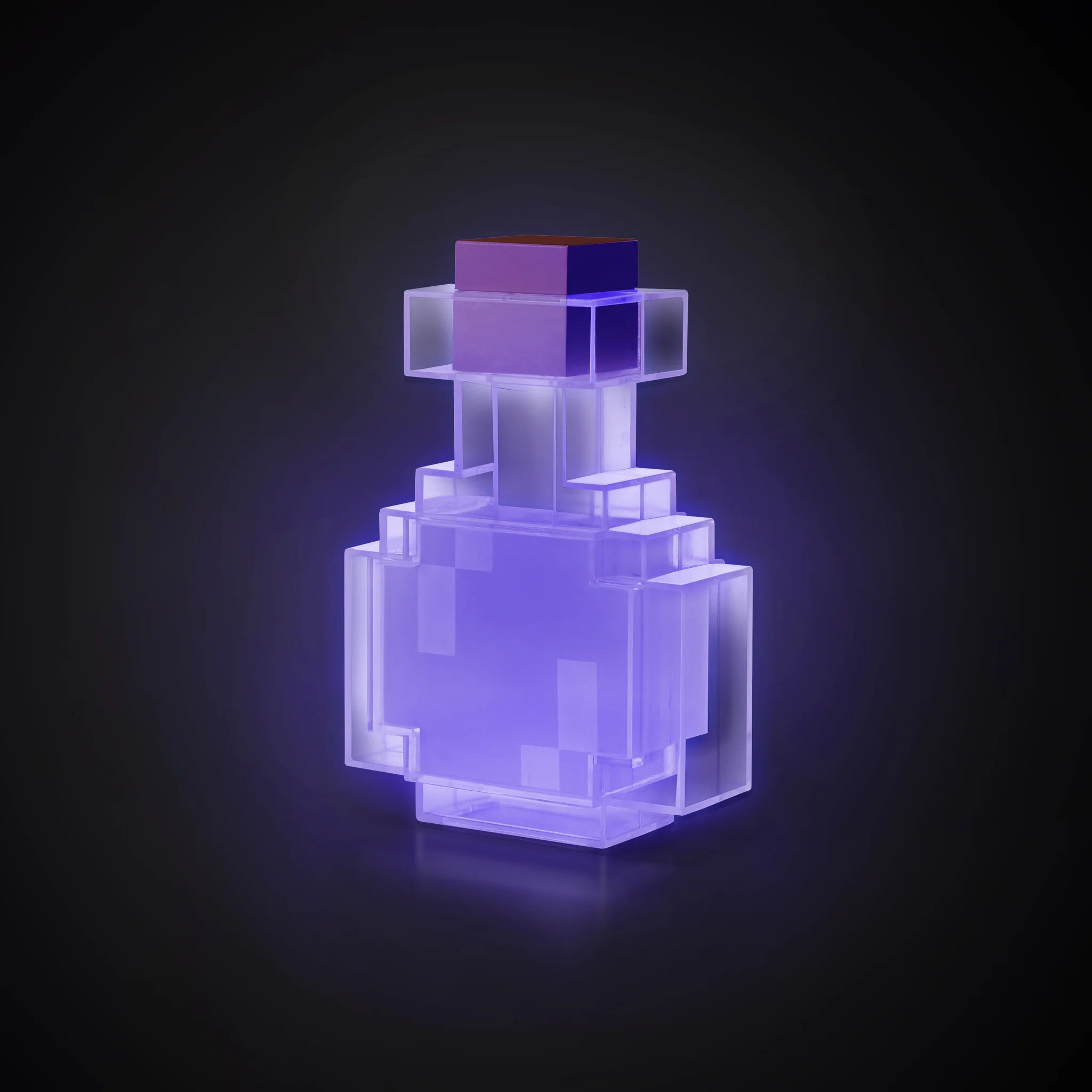This is an experiment ran in an ancient image processing with living neurons paper in 2005, where the authors filtered a 10 x 6 MEA array corresponding to a 256-pixel image. With slight extensions you should be able to draw some minecraft items, which are also 16 x 16.
 However, I didn’t find a huge amount of derivative work.
However, I didn’t find a huge amount of derivative work.
Methodology
The authors extract neurons from the hippocampus of three-day-old rats and store them in a cold dissection medium to maintain tissue viability—from keeping an appropriate salt balance, pH levels, supplying glucose and inhibiting too much glutamate activity that can kill neurons. Then they apply a digestion medium with enzymes (Trypsin, DNase I) to break down connective tissue and isolate individual neurons.
The authors used a 10 x 6 microelectrode array supplied by MultiChannel Systems. An MEA is a 2D grid of electrodes, each capable of capturing the neuron’s electrical activity and stimulating it with voltage pulses. A limitation from MCS is how each electrode can only be used as either stimulation or response, but not both. They’re characterized by the centre-to-centre distance between electrodes, ranging from 30 to 200 micrometres. Normally, the grid is surrounded by a ring on a larger board, which is the culture chamber.
Example array from multichannel systems
 There is an underlying thermostat to maintain the temperature. One electrode is used as ground.
There is an underlying thermostat to maintain the temperature. One electrode is used as ground.
These researchers added a coating of polyornithine which creates a positively charged surface for subsequent attachments to stick. Note: cells and neurons are negatively charged on the inside with the -70 mV resting potential. But polyornithine alone is not enough, we also need biological cues for neuron connectivity. Thus we apply the BD matrigel on top 20 minutes before seeding the neurons.
 100 μL of cell suspension is placed onto the MEA’s electrode area with approximately 80 000 cells/cm^2. Researchers let them sit for 20 minutes at room temperature. Then, we add 1 mL of culture medium to the MEA. Cultures are maintained in the incubator set to 37°C, 5% CO, and 95% humidity. Neuronal cultures older than 25 days usually exhibit robust and reproducible responses.
100 μL of cell suspension is placed onto the MEA’s electrode area with approximately 80 000 cells/cm^2. Researchers let them sit for 20 minutes at room temperature. Then, we add 1 mL of culture medium to the MEA. Cultures are maintained in the incubator set to 37°C, 5% CO, and 95% humidity. Neuronal cultures older than 25 days usually exhibit robust and reproducible responses.
Training
Supervised learning is used meaning labelled inputs and explicit feedback. This paper provides an L-shaped stimulus and a T-shaped stimulus through electrodes.
The stimulation is low-frequency and short bursts: it alternates between positive and negative with magnitudes of 0.2 V—1V each time (bipolar stimulation), lasting for 100 microseconds at each polarity using the STG1004 Stimulus Generator.
The feedback mechanism is high-frequency and long bursts. There are 40 trains of bipolar pulses +/- 0.9 V lasting for 200 microseconds every 2 seconds. Each train then contains 100 pulses at 250 Hz itself. The long burst means it is a tetanus.
As previously mentioned in Training biological neural cultures: Towards Hebbian Learning, we evaluate if learning occurred by checking for three values: Reaching convergence criteria (e.g. demonstrating the error function is converging), connectivity changes and controlled firing rather than random firing.
Convergence criteria
- Selectivity of neurons
- Reliability across trials
- Connectivity changes
Spatial maps of the pre and post-tetanus response to see if the activity becomes more like the image filter Controlled firing
Measuring average firing rates before and after applying the tetanus The total firing activity during a time window before and after the tetanus
Extensions
- use 16 x 16 microelectrode array
- Given that the number of pixels is limited, we change from direct mapping to using Gaussian splatting.
- Predict the stock market
